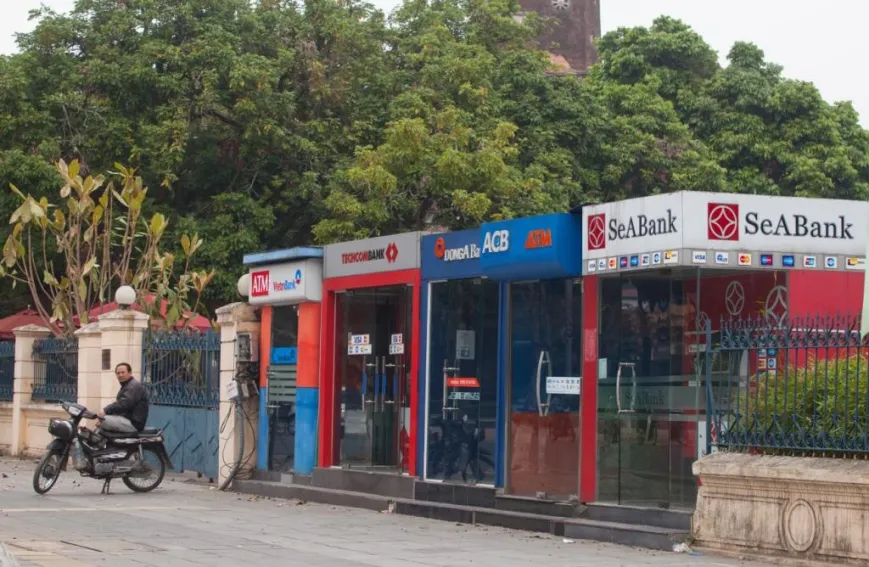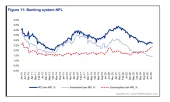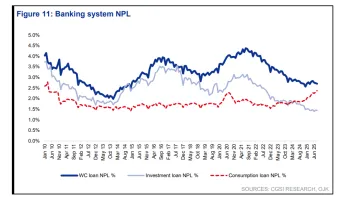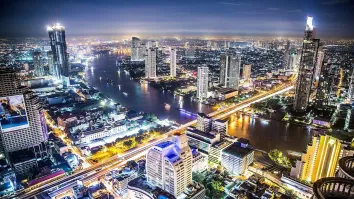
Vietnam banks to face capital shortfalls over the next 12-18 months
Banks' total capital gap was estimated to be US$9.5b in 2016.
According to Moody's Investors Service, Vietnam banks' capital shortfall continues to represent a key credit burden for the industry.
"The banks' rapid loan growth rates will widen their capital gap, according to our baseline scenario of robust economic growth in Vietnam over the coming 12-18 months," says Daphne Cheng, a Moody's Analyst.
Here's more from Moody's:
Moody's projects that real GDP growth in Vietnam will average 6.4% in 2017 and 2018, up from 6.2% in 2016, with loan growth at 26% in 2017 and 2018, in line with growth seen in 2016.
Moody's also estimates that at end-2016, the Vietnamese banking system had a total capital gap of USD9.5 billion, representing 4.6% of GDP. Moody's defines this point-in-time gap as the amount of external capital needed for banks to replenish their Tier 1 ratios back to 8% after they utilize their balance sheet reserves to absorb expected losses on impaired loans, and at the same time, take an up front write off on all Vietnam Asset Management Company (VAMC) bonds -- which they receive from the government by swapping out their non-performing loans (NPLs). The estimate for the banking system is based on an analysis of Moody's -rated banks in Vietnam, which accounted for 53% of total system assets at end 2016.
And, Moody's baseline scenario capital analysis concludes that the system could see a capital shortfall ranging from USD5.1-USD6.1 billion by end-2017, representing 2.5%-3.0% of GDP. Moody's scenario analysis assumes that: 1) the banks' NPL ratios will remain largely stable; 2) there will not be an increase in VAMC transactions; 3) the banks' core earnings will remain stable; and 4) the bank will amortize their existing VAMC securities on the current SBV-approved five- or ten years' amortization schedule, rather than a complete write down up front.
In such a situation, and absent external capital injections, Moody's-rated Vietnamese banks' Tier 1 ratios would fall to an asset-weighted average of 6.1% by the fiscal year ending 31 December 2017 (FY2017) from an asset-weighted average of 7.8% in FY2016.
These conclusions on the banks' capital gap suggest that the government's strategy of relying on the banks' earnings to close their capital shortfall is vulnerable to both cyclical and structural constraints, with the former caused by the country's high and rebounding loan growth, and the latter due to the government's weak fiscal standing.
"The banks' capital generation capacity is weak, because of the system's modest net interest margins, low fee income contribution, and still substantial provision charges," adds Cheng. "Under these circumstances, it will take several years to replenish the system's capital shortfall through internal capital generation."
Moody's points out that the banks' capitalization profiles have continued to deteriorate. For example, at end-2016, Moody's-rated banks reported an asset-weighted average Tier 1 ratio of 7.8% — under Basel I — from 8.5% at end-2015 and 10.7% at end-2013.



















 Advertise
Advertise






